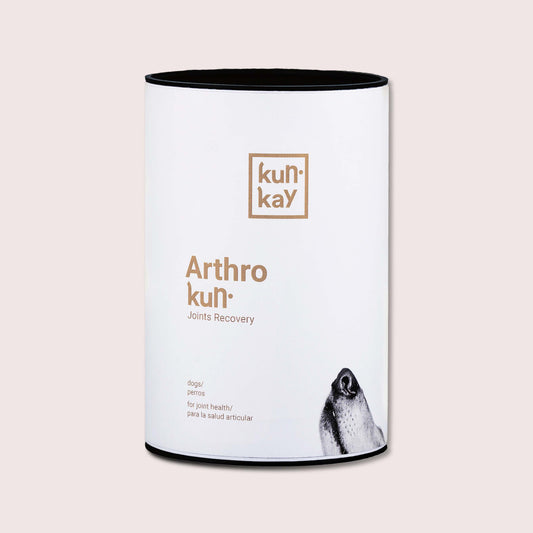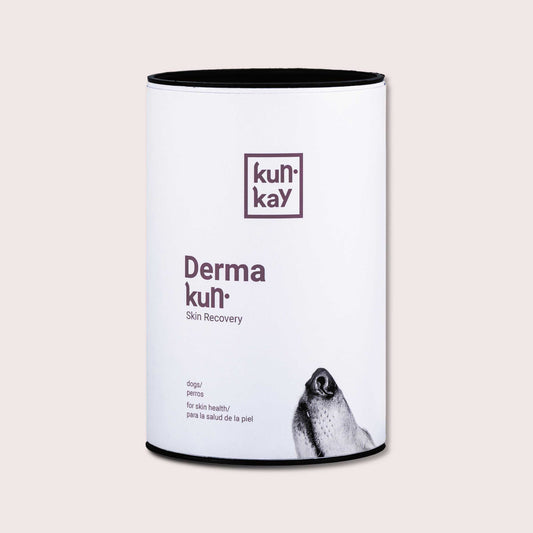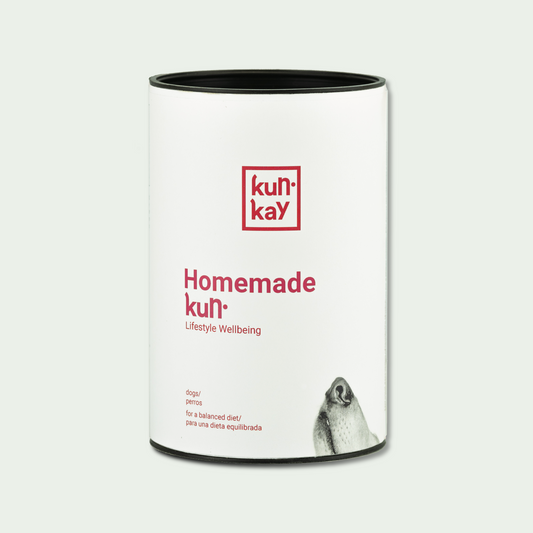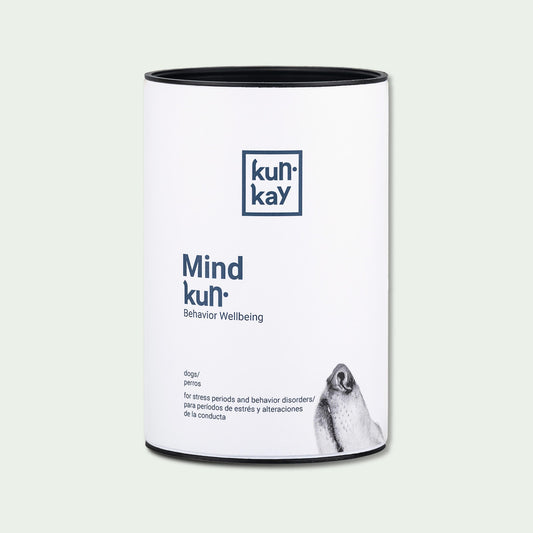Osteoarthritis is one of the most common chronic musculoskeletal diseases and causes lameness and disability in dogs (Colitti et al., 2012).
It is a complex and multifactorial disease involving interactions between skin structure, the immune system, and environmental influences (Bensignor, Morgan, and Nuttall 2008). On one hand, animals have a hereditary predisposition to develop immediate hypersensitivity reactions mediated by IgE antibodies against environmental allergens (Olivry and Hill 2001)(Fidalgo Álvarez et al. 2007). On the other hand, animals suffer from an alteration of the epidermal barrier function, of genetic or acquired origin, based on a mutation of a protein, filaggrin, one of the essential components that constitute the epidermal barrier, and changes in the organization of the lipids of the stratum corneum (Carlott 2005). Dysfunction of the skin barrier would be responsible for increased penetration of allergens via the skin and also increased transepidermal water loss.
Check our guide on the most common diseases in dogs.
The clinical picture observed is the consequence of a type I hypersensitivity reaction in whose first phase there is the formation of IgE immunoglobulins to specific allergens and sensitization of mast cells, so that on the second and subsequent contacts with allergens, the sensitized cells degranulate vasoactive substances such as histamine, prostaglandins, and leukotrienes that trigger a pruritic inflammatory process (Brazís et al. 1998).
The most characteristic sign is erythema in the facial area (muzzle, periocular region, auricular pavilion, and external auditory canal), distal areas of the front and hind legs (flexion zones of the limbs and interdigital spaces), inguinal, axillary, perianal, and abdominal areas, generally without other types of lesions (Fidalgo Álvarez et al. 2007).
Secondary infections (bacterial or Malassezia) and scratching play a fundamental role as they help maintain the inflammatory response active. Chronic pruritus ends up causing lichenification, hyperpigmentation, and hypotrichosis in the most affected areas (Hand et al. 2010). Discover our post about Supplements and vitamins for dogs.




